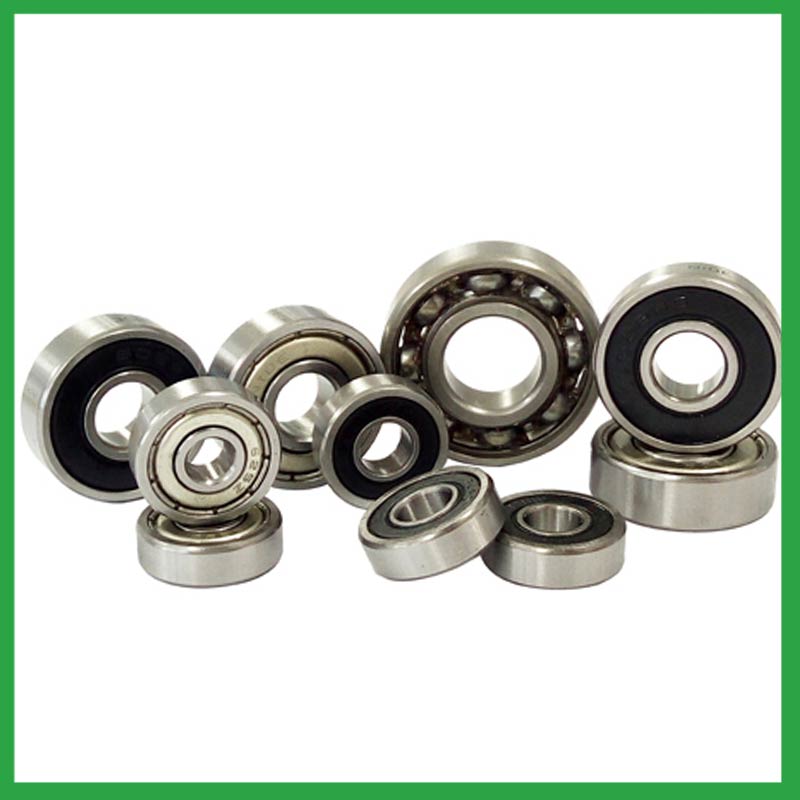2024-02-29
Established in 2010, Ningbo Haishu Nide International Co., Ltd is a modern enterprise specializing in the production of high-density bearings, with a factory area of over 9000 square meters. We have an excellent staff team, excellent production lines, and complete testing methods. Our main products are spherical roller bearings, cylindrical roller bearings, insulation paper,magnet,carbon brush,commutator,shaft,thermal protector,fan,deep groove ball bearings, spherical roller bearings,ball bearing,motor cover and lamination, etc.
At present, our products have been sold to America, Europe, Middle East and other regions, as well as more than 50 countries and regions such as USA,France,Japan,Australia,etc. Strict quality control system, plus strong technical team allow us to offer the reliable machines to our customers. The philosophy of ” Service, Profession, Prompt, Innovation” help us to win the customer favor.
ball bearing---FAQs Guide
1.About ball bearing,What about the lead time?
3-7 days for samples, 3-4 weeks for mass production.
2.Can ball bearings withstand both axial and radial loads simultaneously?
We have advantages in marketing and channel expansion. Suppliers have established good cooperative relations, continuously improved workflows, improved efficiency and productivity, and provided customers with high -quality products and services. Yes, ball bearings are designed to withstand both axial and radial loads simultaneously. They are able to do so because of their unique design, which includes a series of small balls that are held in place by a cage. This design allows the balls to roll smoothly between the inner and outer races, distributing the load evenly and reducing friction. As a result, ball bearings are able to handle both types of loads without compromising their performance.
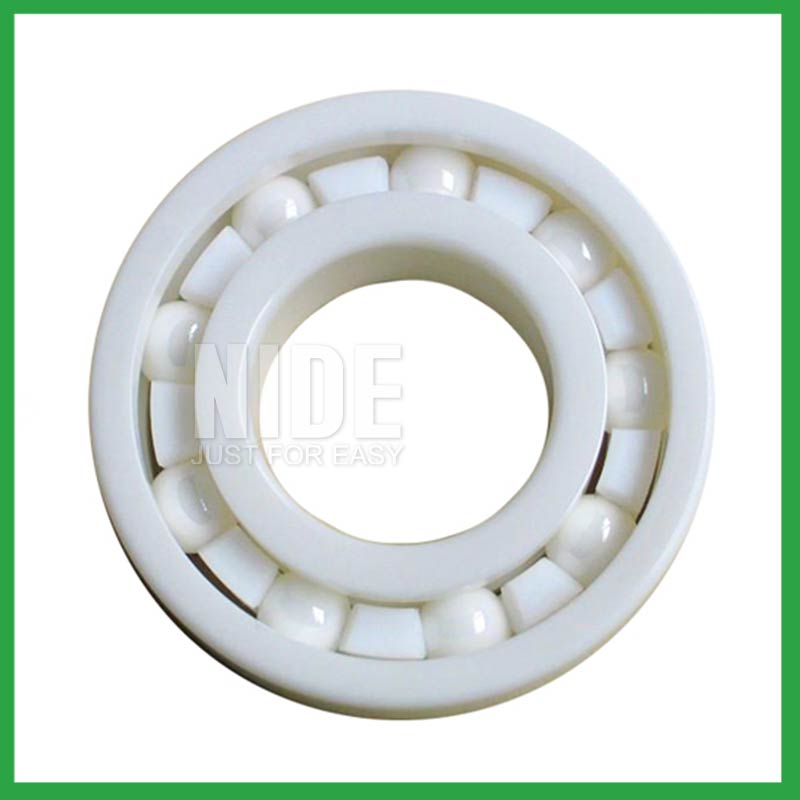
3.How to install ball bearings correctly?
We should perform well in market competition, and the prices of ball bearing products have a great competitive advantage.
1. Gather the necessary tools and materials: You will need the ball bearings, a clean cloth, a degreaser, a bearing press or a hammer and a socket, and a lubricant.
2. Clean the bearings: Before installing the bearings, make sure they are clean and free of any dirt or debris. Use a clean cloth and a degreaser to remove any old lubricant or dirt from the bearings.
3. Prepare the bearing housing: If you are installing the bearings in a bearing housing, make sure it is clean and free of any debris. You can use a degreaser and a clean cloth to clean the housing.
4. Apply lubricant: Apply a small amount of lubricant to the inside of the bearing housing or to the bearings themselves. This will help the bearings to move smoothly and reduce friction.
5. Press the bearings into place: If you have a bearing press, use it to press the bearings into place. If you do not have a bearing press, you can use a hammer and a socket to gently tap the bearings into place. Make sure to apply even pressure to avoid damaging the bearings.
6. Check for proper fit: Once the bearings are installed, check to make sure they are seated properly and there is no play or movement. If there is any movement, you may need to adjust the bearings or press them in further.
7. Apply more lubricant: Once the bearings are installed, apply a small amount of lubricant to the outside of the bearings. This will help to protect them and keep them moving smoothly.
8. Repeat for all bearings: If you are installing multiple bearings, repeat the process for each one.
9. Test the bearings: Once all the bearings are installed, test them by spinning the shaft or rotating the bearing housing. The bearings should move smoothly and without any noise or resistance.
10. Reassemble the equipment: Once the bearings are installed and tested, reassemble the equipment and make sure everything is functioning properly.
4.How to determine if the ball bearing is damaged?
Our mission is to provide customers with the best solutions for ball bearing.
1. Visual Inspection: The first step in determining if a ball bearing is damaged is to visually inspect it. Look for any signs of physical damage such as cracks, dents, or discoloration. Also, check for any signs of wear or corrosion on the surface of the bearing.
2. Abnormal Noise: A damaged ball bearing will often produce abnormal noises such as grinding, clicking, or squeaking. If you hear any of these noises coming from the bearing, it is likely damaged.
3. Rough Movement: A healthy ball bearing should move smoothly and without any resistance. If you feel any roughness or resistance when rotating the bearing, it could be a sign of damage.
4. Excessive Heat: A damaged ball bearing can generate excessive heat due to increased friction. If you notice that the bearing is hot to the touch, it could be a sign of damage.
5. Vibration: A damaged ball bearing can cause vibration in the machine or equipment it is installed in. If you feel any unusual vibrations, it could be a sign of a damaged bearing.
6. Irregular Movement: If the ball bearing is not rotating in a smooth and consistent manner, it could be a sign of damage. This can be observed by spinning the bearing and checking for any wobbling or uneven movement.
7. Lubrication Issues: A damaged ball bearing may also cause issues with lubrication. If you notice that the bearing is not properly lubricated or there is an excessive amount of lubricant, it could be a sign of damage.
8. Bearing Failure: If the ball bearing has completely failed, it will be obvious as the machine or equipment it is installed in will not function properly. This can be a result of severe damage to the bearing.
If you notice any of these signs, it is important to replace the damaged ball bearing as soon as possible to prevent further damage to the machine or equipment.
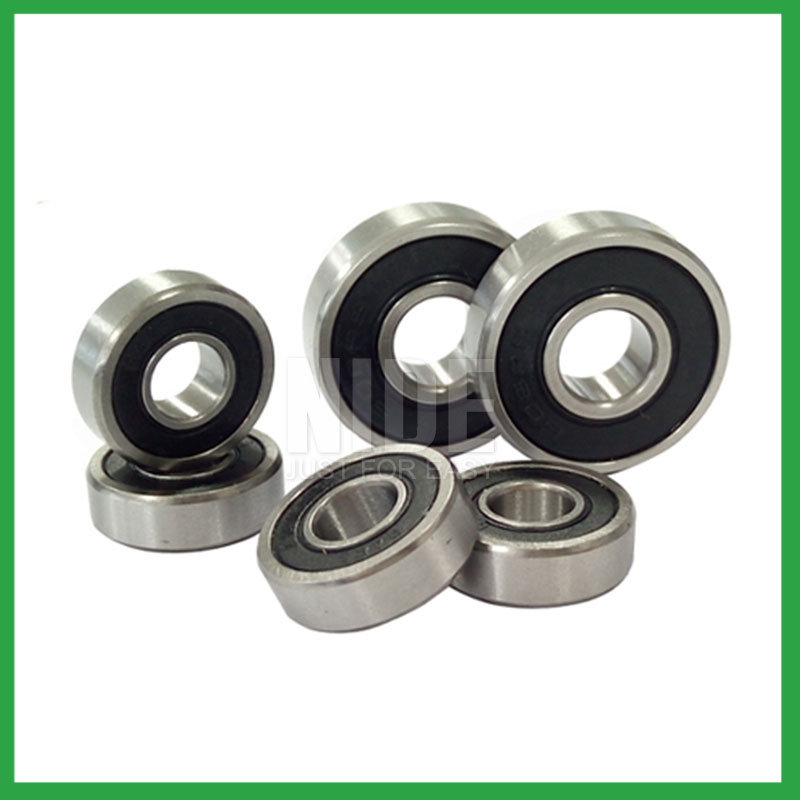
5.What is a mating bearing?
A mating bearing is a type of bearing that is designed to fit and work together with another bearing or component in a machine or mechanical system. It is typically used to support and guide rotating or moving parts, and is designed to withstand the forces and loads placed on it by the other bearing or component. Mating bearings are often used in pairs or sets to ensure proper alignment and distribution of forces within the system. They can come in various shapes and sizes, such as ball bearings, roller bearings, or plain bearings, and are commonly made of materials such as steel, bronze, or plastic.
6.About ball bearing,Will you check the products before shipment?
Yes, We have a professional QC team. Products will be strictly inspection before shipment.
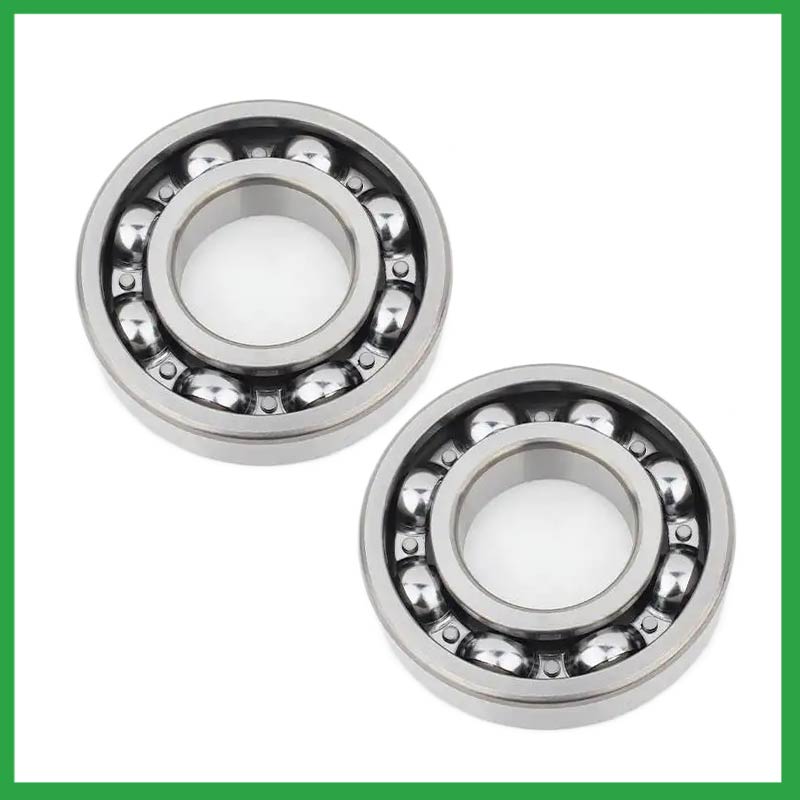
7.How do ball bearings affect the operational efficiency of machines?
We focus on innovation and continuous improvement to maintain a competitive advantage.
Ball bearings play a crucial role in the operational efficiency of machines. They are small, round, and smooth balls that are placed between two surfaces to reduce friction and allow for smooth movement. Here are some ways in which ball bearings affect the operational efficiency of machines:
1. Reduced Friction: Ball bearings are designed to reduce friction between two moving parts. This means that less energy is required to move the parts, resulting in improved efficiency. The smooth surface of the balls also helps to reduce wear and tear on the machine, increasing its lifespan.
2. Increased Speed: The reduced friction provided by ball bearings allows machines to operate at higher speeds without overheating or wearing out. This is especially important in high-speed machines such as turbines and engines, where any increase in speed can significantly impact efficiency.
3. Improved Precision: Ball bearings provide a smooth and consistent movement, which is essential for precision machines. They help to maintain the accuracy of the machine's movements, resulting in better quality products and reduced waste.
4. Lower Maintenance: The use of ball bearings reduces the need for frequent maintenance and repairs. As they reduce friction and wear on the machine, they help to extend its lifespan and reduce downtime, resulting in improved operational efficiency.
5. Versatility: Ball bearings are available in various sizes and materials, making them suitable for a wide range of applications. This versatility allows for the use of ball bearings in different types of machines, improving their efficiency and performance.
In conclusion, ball bearings are essential components in machines that significantly impact their operational efficiency. They reduce friction, increase speed, improve precision, and require less maintenance, making them crucial for the smooth and efficient functioning of machines.
8.How much load can ball bearings withstand?
We pay attention to the transformation of intellectual property protection and innovation achievements. Your OEM or ODM order design we have a complete confidentiality system. The load capacity of ball bearings depends on various factors such as the size and type of bearing, the material it is made of, and the speed at which it is operating. Generally, ball bearings can withstand loads ranging from a few hundred pounds to several thousand pounds. However, the exact load capacity will vary for each bearing and should be determined by consulting the manufacturer's specifications. It is important to note that exceeding the recommended load capacity can lead to premature failure of the bearing.
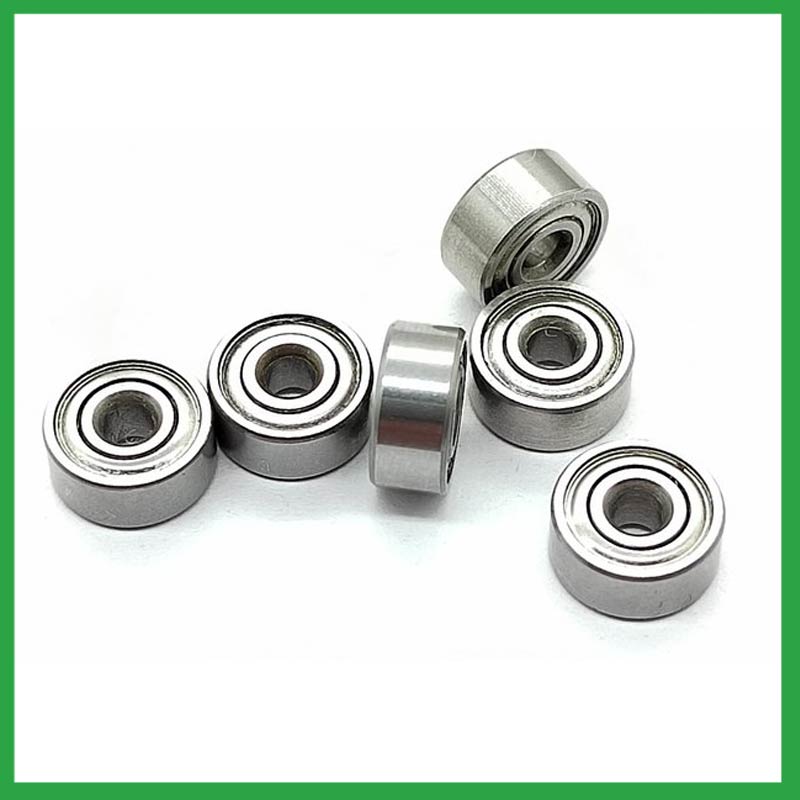
9.As a ball bearing manufacturer,can you supply samples?
Sure, samples can be provided free of charge, and the buyer pay the postage of the sample.
10.What are the accuracy levels of ball bearings?
We have a good reputation and image in the industry. The quality and price advantage of ball bearing products is an important factor in our hard overseas market. The accuracy levels of ball bearings can vary depending on the type and application of the bearing. Generally, ball bearings have accuracy levels ranging from ABEC-1 (lowest) to ABEC-9 (highest). ABEC stands for Annular Bearing Engineering Committee and is a standard used to measure the precision and tolerance of ball bearings.
The accuracy levels of ball bearings are typically measured in microns (μm) or millionths of an inch (mil). For example, an ABEC-1 bearing has an accuracy level of 0.0005 inches or 12.7 microns, while an ABEC-9 bearing has an accuracy level of 0.000001 inches or 0.0254 microns.
In addition to ABEC ratings, there are also other standards used to measure the accuracy of ball bearings, such as ISO (International Organization for Standardization) and DIN (Deutsches Institut für Normung). These standards may use different measurement units and have different accuracy levels compared to ABEC ratings.
It is important to note that the accuracy level of a ball bearing does not necessarily determine its overall quality or performance. Other factors such as material, lubrication, and design also play a significant role in the performance of a ball bearing.
